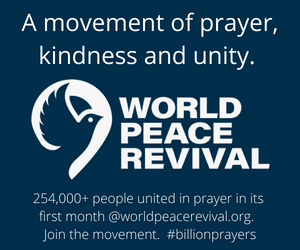
Submitted photographs will be considered for inclusion in the 2016 Water Reflections calendar.
“As good stewards of the natural environment, and more specifically of shared water resources, it is imperative that all residents join in the effort to protect the metro area’s water supply from point source and non-point source pollution and conserve whenever and wherever possible,” said Boyd Austin, District chairman.
Professional and amateur photographers 18 years of age or older are welcome to submit photographs for this contest. Photographic entries should portray the beauty, heritage, activities and character of metro-Atlanta’s water resources. This year, an additional prize will be awarded for the best photo that highlights water conservation in practice.
First place will receive $500 and 11 finalists will receive $100 each. Individual participants may submit up to three photographs and are eligible to win up to three times. Photographs must be taken within the geographical boundaries of the 15-county Metro Water District, which includes the Bartow, Cherokee, Clayton, Cobb, Coweta, DeKalb, Douglas, Fayette, Forsyth, Fulton, Gwinnett, Hall, Henry, Paulding and Rockdale counties. The District does not encompass the cities of Braselton and Loganville.
The submission deadline is September 12, 2015.
For more information, contact the Metro Water District at 404.463.3344 or e-mail at comments@northgeorgiawater.com
About the Metropolitan North Georgia Water Planning District (Metro Water District)
The Metropolitan North Georgia Water Planning District is the planning organization dedicated to developing comprehensive regional and watershed-specific water resources plans to be implemented by local governments in the 15-county metro Atlanta region, which include Bartow, Cherokee, Clayton, Cobb, Coweta, DeKalb, Douglas, Fayette, Forsyth, Fulton, Gwinnett, Hall, Henry, Paulding and Rockdale counties. These plans protect water quality and public water supplies in and downstream of the region, protect recreational values of the waters in and downstream of the region and minimize potential adverse impacts of development on waters in and downstream of the region.

